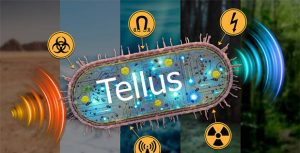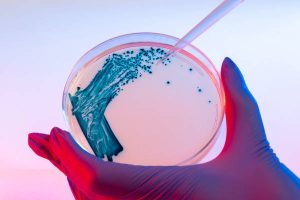“Microbes have the potential to be developed as biological sensors that can collect vital information about the environments they naturally inhabit,” said Draper biotechnologist Chris Vaiana. “Our goal is to support DARPA in mapping the modular design of microbe-based sensors, develop a standardised design-build-test process analogous to the hardware development processes and determine the environmental conditions in which these sensors operate.”

From the 30 month programme, called Tellus, DARPA also wants to know the range of chemical and physical signals that microbial sensors are likely to detect, and what types of output signals are available that are compatible with conventional reading techniques – such as current, colour change or a non-toxic intermediate chemical.
No one knows what will come out of Tellus, but the detectable substance net is being thrown as wide as: explosives, chemical warfare agents, poison gases, pesticides, toxins, soil contaminants, heavy metals and organic pollutants.
“Ultimately, we envision a dashboard or interface where a user would dial in features of their environment, the inputs they want to detect, and the output signals that are useful to them, and the system would design a safe, effective microbial device to meet those needs,” said DARPA Tellus ptogramme manager Linda Chrisey.
As well as DARPA and Draper, the team includes: Boston University, MIT, North Carolina State University, the University of Colorado at Boulder and RTX BBN.

